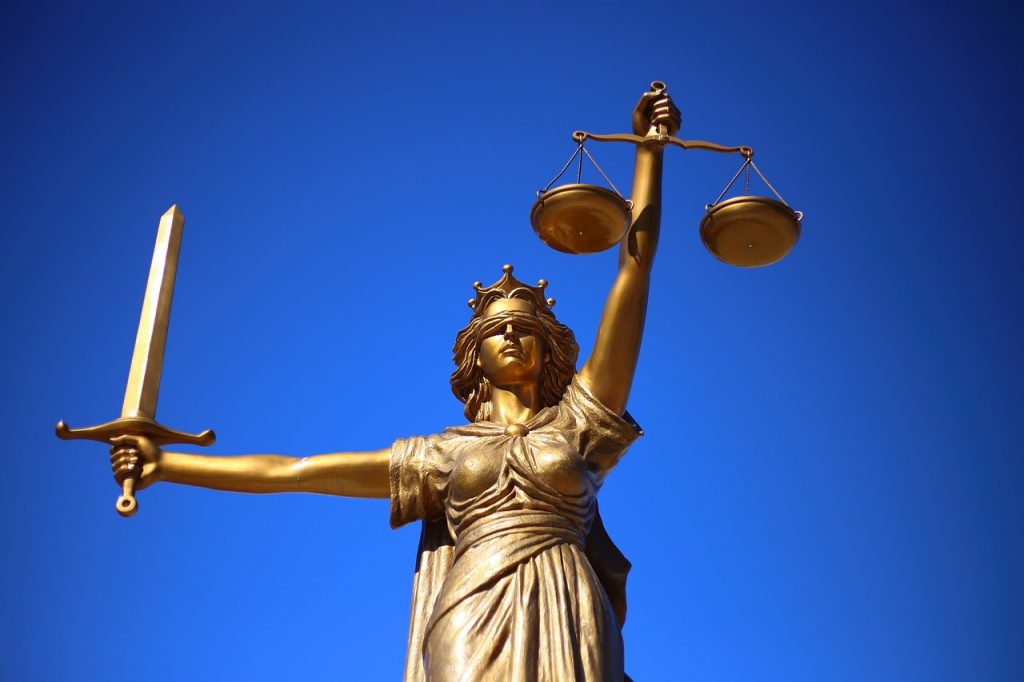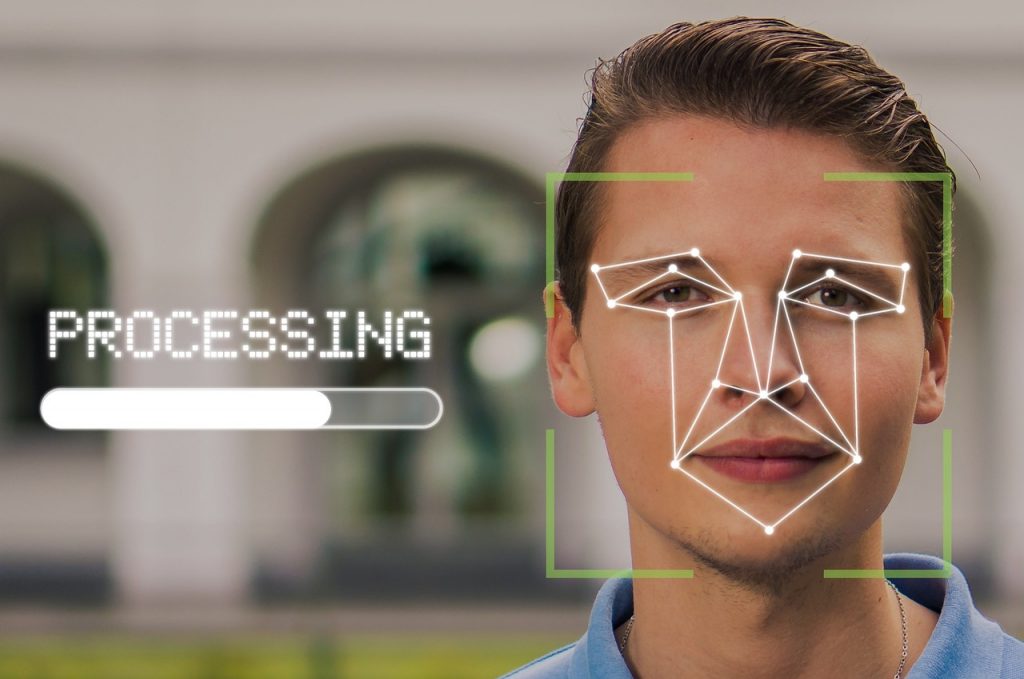Human Rights Courts: A Beginner’s Guide
Human rights are fundamental rights and freedoms that every individual is entitled to, regardless of their nationality, ethnicity, or any other characteristic. Human rights courts play a crucial role in upholding and enforcing these rights. This beginner’s guide aims to provide an overview of human rights courts, their functions, and their significance in the protection of human rights.
What are Human Rights Courts?
Human rights courts are judicial bodies established to interpret, apply, and enforce international and regional human rights treaties and conventions. These courts serve as a forum for individuals, groups, and sometimes states to seek redress for human rights violations.
If the laws within a country are found to be unlawful and cannot be interpreted in compliance with human rights standards, domestic courts have the authority to declare them incompatible under Section 4 of the Human Rights Act (HRA). While this declaration might not directly benefit the claimant’s case, it serves as a powerful challenge to the parliament, urging them to address and rectify the non-compliant legislation. In criminal court proceedings, one possible consequence of such a declaration is the dismissal of the prosecution due to an abuse of process that infringes upon the defendant’s human rights.
However, a question arises: why not take the human rights case directly to the European Court of Human Rights (ECtHR) in Strasbourg? Especially when we’ve been informed that if we lose, we won’t be required to cover the other party’s costs, a scenario uncommon in domestic courts. Herein lies a significant hurdle – individuals can only approach the ECtHR after exhausting all available domestic remedies “according to the generally recognized rules of international law and within six months from the date on which the final decision was taken,” as stated in Article 35 of the European Convention on Human Rights (ECHR).
There exists another European court frequently confused with the Strasbourg court, particularly by tabloids and occasionally broadsheets. This court, formally known as the Court of Justice of the European Union (CJEU), is located in Luxembourg. True to its name, the CJEU deals with matters related to European Union law. It comprises two components: the full court and the general court, the latter being a somewhat perplexing rebranding of its former role as the Court of First Instance.
EU law encompasses human rights principles, as they are integral to EU law and have been redundantly incorporated into the EU Charter (curious about the Charter? – refer to this post).
It’s important to note that EU law extends beyond matters such as mergers, milk quotas, and faceless corporations. A substantial portion of our environmental law originates from European sources. The free movement of EU citizens underpins significant aspects of immigration law. Whether it’s public health, consumer protection, freedom of information, VAT, employment, discrimination – you name it – upon closer inspection, you’ll discover that a considerable portion bears the influence of either Brussels (where laws are formulated) or Luxembourg (where cases are adjudicated).
Key International Human Rights Courts:
- International Court of Justice (ICJ):
- The principal judicial organ of the United Nations.
- Resolves legal disputes between states.
- May provide advisory opinions on legal questions referred by UN bodies and specialized agencies.
- European Court of Human Rights (ECHR):
- Based in Strasbourg, France, it oversees cases related to the European Convention on Human Rights.
- Individuals, groups, and states can bring cases before the court.
- Ensures member states comply with human rights obligations.
- Inter-American Court of Human Rights (IACHR):
- Located in San Jose, Costa Rica, it interprets and applies the American Convention on Human Rights.
- Hears cases against states and issues advisory opinions.
- Works in conjunction with the Inter-American Commission on Human Rights.
- African Court on Human and Peoples’ Rights (AfCHPR):
- Based in Arusha, Tanzania, it interprets and applies the African Charter on Human and Peoples’ Rights.
- Individuals, NGOs, and states can bring cases before the court.
- Works alongside the African Commission on Human and Peoples’ Rights.
Functions of Human Rights Courts:
- Adjudication:
- Human rights courts hear and decide on cases involving alleged human rights violations.
- Provide remedies and reparations to victims.
- Interpretation of Treaties:
- Clarify the meaning and scope of human rights treaties.
- Establish precedents for consistent interpretation.
- Advisory Opinions:
- Render non-binding opinions on legal questions presented by states and international organizations.
- Guide on the interpretation of human rights norms.
- Monitoring Compliance:
- Ensure states comply with their human rights obligations.
- Review periodic reports submitted by states on their human rights record.
- Prevention and Education:
- Contribute to the prevention of human rights violations through legal education and awareness.
Significance of Human Rights Courts:
- Access to Justice:
- Provides individuals and groups with a platform to seek justice for human rights violations.
- Accountability:
- Holds states accountable for human rights abuses and encourages compliance with international standards.
- Precedent-setting:
- Establishes legal precedents that guide future cases and contribute to the development of human rights law.
- International Cooperation:
- Promotes collaboration between states and international bodies in the protection of human rights.
Steps To Take:
- Firstly, the process typically begins by convincing a domestic court that the case involves a complex aspect of European law. Consequently, the domestic court refers the case to Luxembourg to seek clarification on that specific point of law, as outlined in Article 267 of the Treaty on the Functioning of the European Union (TFEU). Using the challenge to Article 6(1) in Latvia as an illustration, Luxembourg assisted in elucidating the legal aspects but left it to the Latvian courts to ascertain the facts and apply the law. However, this route is not without challenges, considering the time it takes, roughly around 18 months, to reach a resolution. In intricate cases, there might even be a need for a second visit to Luxembourg if the Court of Justice of the European Union (CJEU) provides particularly convoluted answers in the initial round. Article 6(1) is a common reference to a legal provision that can be found in different contexts and documents. For example, it could refer to: Article 6(1) of the UK GDPR, which lists the six lawful bases for processing personal data – Article 6(1) of the EU Treaty, which recognises the rights, freedoms and principles set out in the Charter of Fundamental Rights of the European Union – Article 6(1) of the Human Rights Act 1998, which incorporates the right to a fair trial from the European Convention on Human Rights into UK law
- Secondly, there is an alternative option to initiate proceedings directly in Luxembourg. However, this is only applicable when seeking to challenge European law or a measure directly, asserting its unlawfulness with reference to another aspect of EU law, which may include human rights principles. In such cases, governed by Article 263 of the TFEU, where the objective is to challenge a European law or decision and have it set aside or annulled, this becomes the only viable course of action.
Further Reading
- Human rights courts: a beginner’s guide | Human rights | The Guardian
- Human Rights Act 1998 (legislation.gov.uk)
- Court of Justice of the European Union | European Union (europa.eu)
- The EU Charter: are we in or out? – UK Human Rights Blog
- EUR-Lex – 12008E263 – EN (europa.eu)
- What have the Inuit got to do with keeping EU law in check? – UK Human Rights Blog
- Article 6(1) of the UK GDPR, which lists the six lawful bases for processing personal data
- Article 6(1) of the EU Treaty, which recognises the rights, freedoms and principles set out in the Charter of Fundamental Rights of the European Union
- Article 6(1) of the Human Rights Act 1998, which incorporates the right to a fair trial from the European Convention on Human Rights into UK law
- Civil law (legal system) – Wikipedia
Conclusion:
Human rights courts play a pivotal role in safeguarding and promoting human rights globally. Through adjudication, interpretation, and monitoring, these courts contribute to the development of a more just and rights-respecting world. As individuals become more aware of these institutions, they can actively participate in the protection and promotion of human rights on both a national and international level.
Domestic courts lack the authority to handle certain matters, necessitating a journey to Luxembourg. For instances of such proceedings and the stringent rules governing eligibility, you can refer to my posts here (involving a challenge to EU trade law regarding seal fur) and here (regarding the EU Commission’s decisions on the enforcement of pesticides and air quality rules).
However, when presented with a choice, why opt for convincing the Court of Justice of the European Union (CJEU) to address your Euro-human rights issue? The primary motivation lies in the fact that certain arguments resonate more effectively with the “civil” lawyers, who constitute the majority of judges on the court. “Civil” refers to the legal tradition distinct from the common law or judge-made tradition followed by the UK within the EU. While our domestic judges have become more accustomed to grappling with broad EU law principles like proportionality or judicial effectiveness, a supranational court may be more amenable to arguments that challenge cherished common law norms, especially when viewed from a continental perspective.
Additionally, it’s crucial to delve into the European Convention on Human Rights (ECHR), mandated by Article 6 of the Lisbon Treaty. This exploration is essential as it allows for the possibility of bringing the EU (and perhaps the CJEU) before the Strasbourg court.
EMOTIONAL DISTRESS – DISCRIMINATION – LITIGATION

#humanrights #equalityact #discimination #disabilitydiscrimination #law #first4lawyers #cardiffsolicitors #cardiffsolicitorsdirectory #knowyourrights #fightforyourrights





